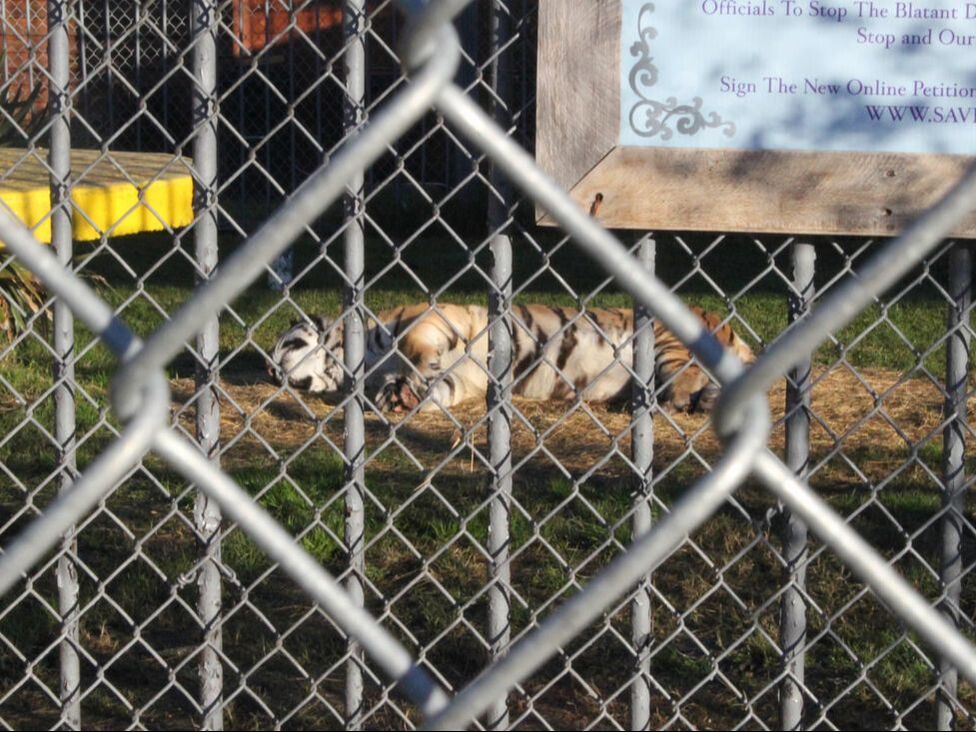Action-oriented research and community engagement in India and the United States
In India, we conduct critical, on-the-ground scientific research and engage communities.
In the United States, we conduct research on the illegal trade in tiger parts and use the tiger to promote cross-cultural understanding by sharing stories of India's wildlife, people living with tigers, and people working for tiger conservation through tourism and education programs.
In the United States, we conduct research on the illegal trade in tiger parts and use the tiger to promote cross-cultural understanding by sharing stories of India's wildlife, people living with tigers, and people working for tiger conservation through tourism and education programs.




